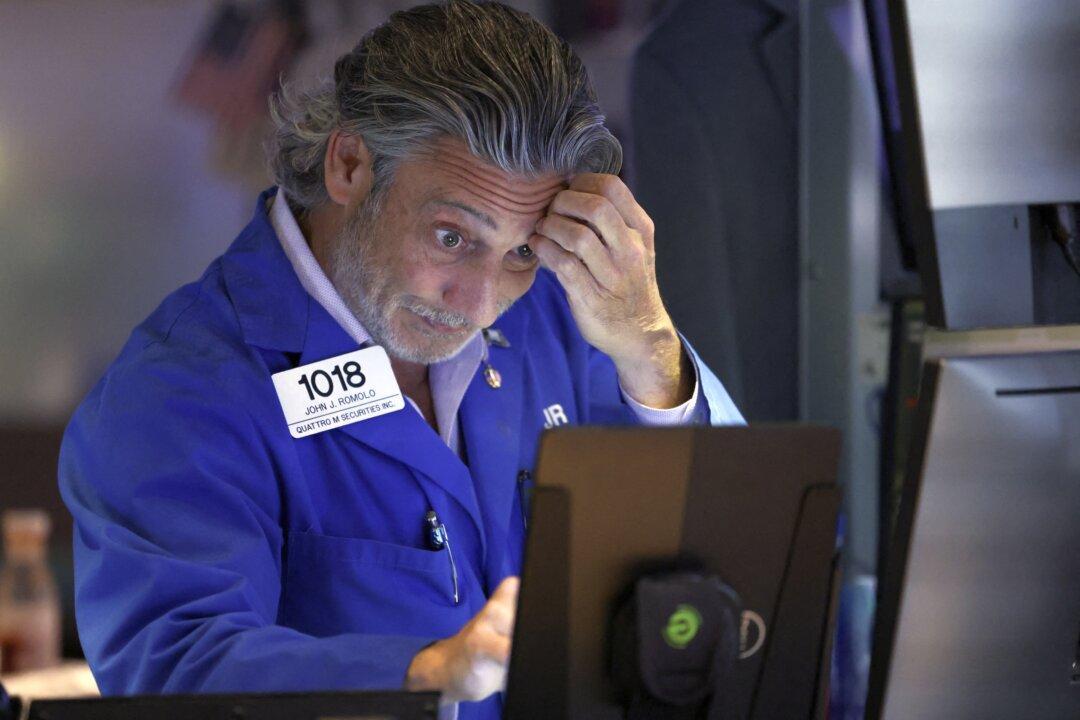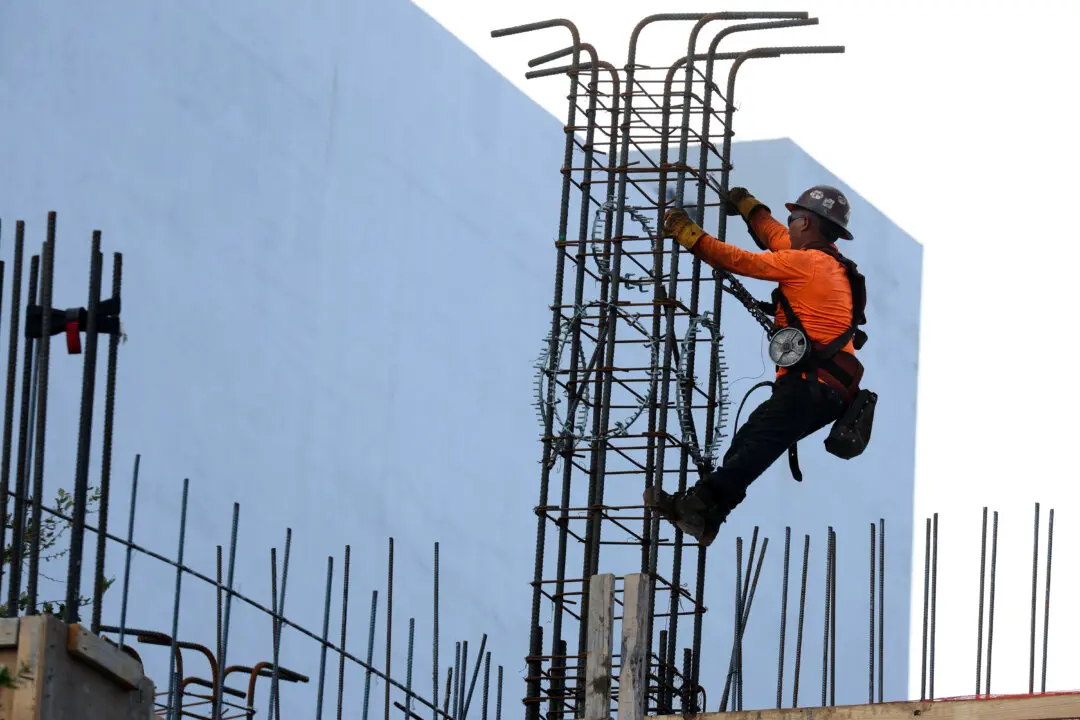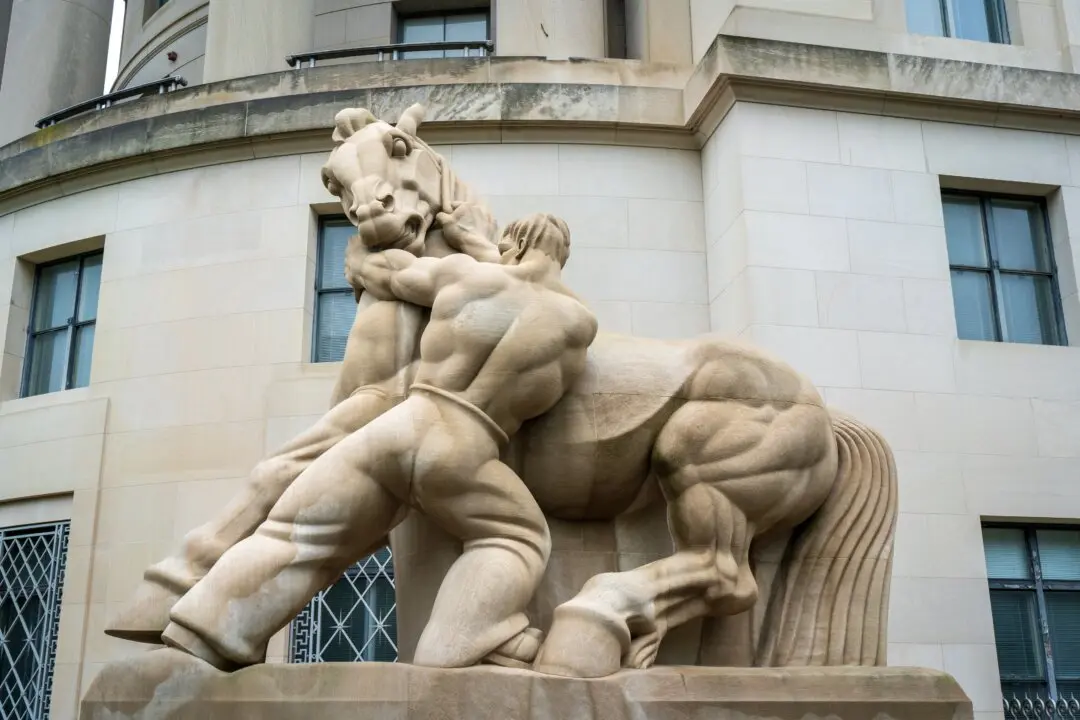Commentary
There wasn’t anything particularly new or earthshaking about the Aug. 2 jobs report. The unemployment rate clicked up a bit, as it was destined to do given the underlying decay that had been unbearably obvious for at least two years. The increase did trigger the so-called Sahm rule and hence forecast a recession.





